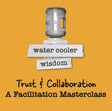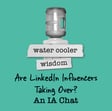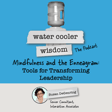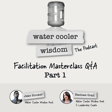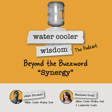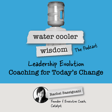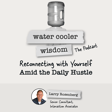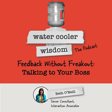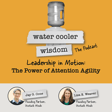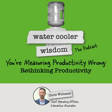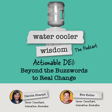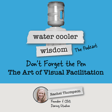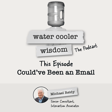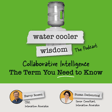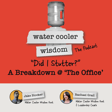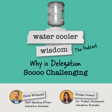
Brainstorm Like A Pro - Master Facilitation Skills
Ever found yourself in a meeting where ideas flow endlessly, but decisions seem impossible to make? Or worse—someone reopens a discussion just when you thought a decision was final? In this insightful webinar, hosts Jake Blocker and Rachael Grail introduce Open-Narrow-Close, a powerful framework that streamlines group discussions and decision-making.
They’ll break down how structuring conversations into three distinct phases—Opening (idea generation), Narrowing (organizing and prioritizing), and Closing (final decision-making)—can keep your team aligned, engaged, and productive. Whether you’re leading strategy sessions, brainstorming new initiatives, or just trying to avoid meeting fatigue, this tool will help you make discussions more efficient and less frustrating.

